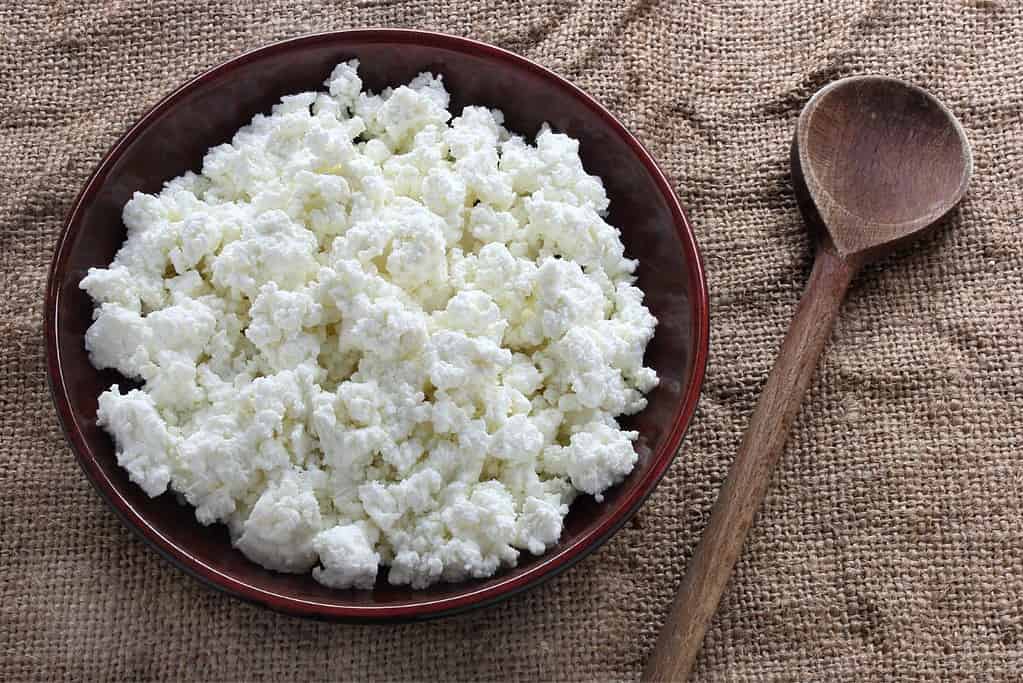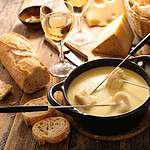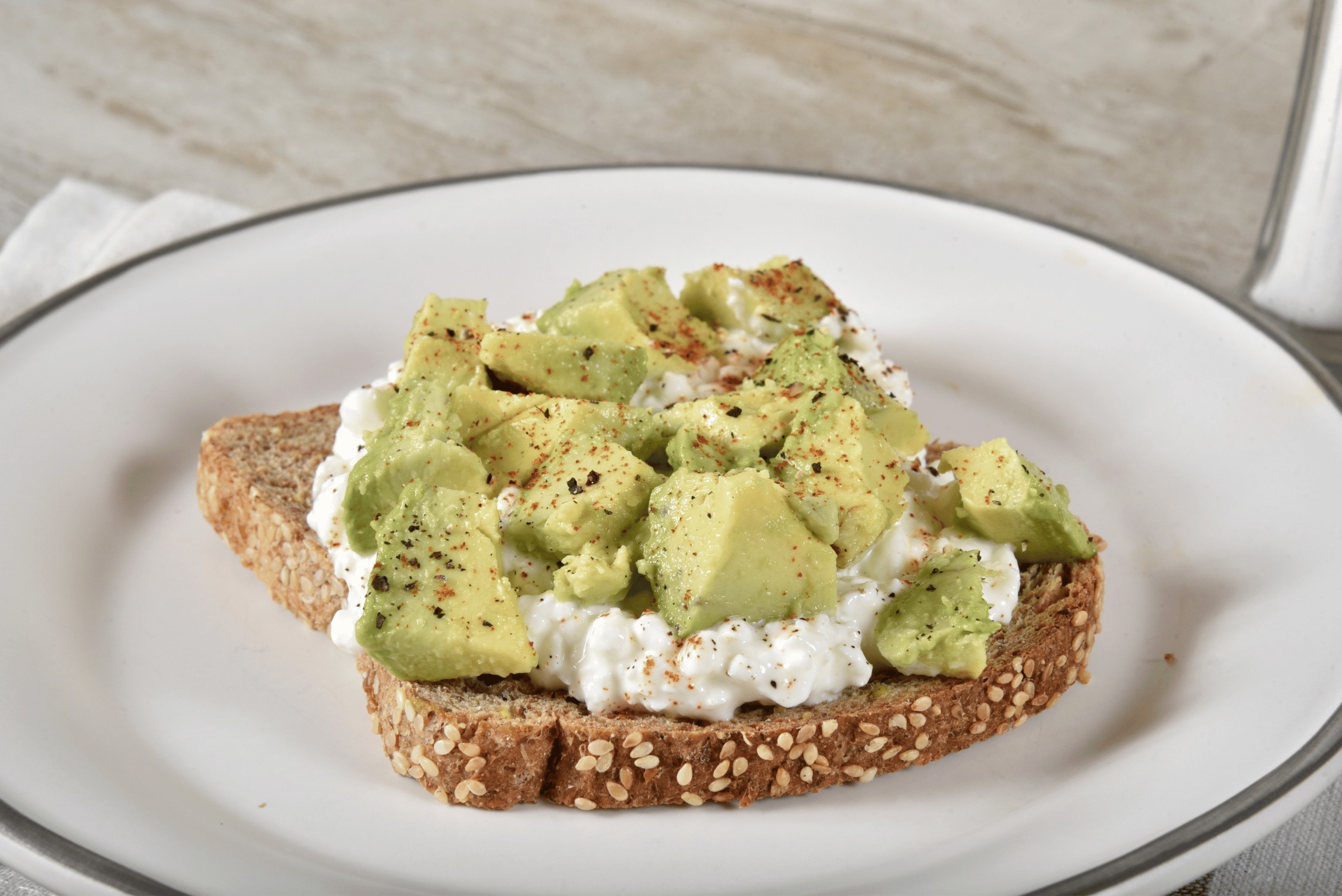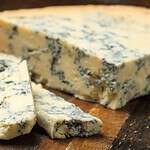Ah, cottage cheese. It is the unsung hero of the cheese world, it definitely doesn’t get the deliciously delightful status that it deserves. This is probably just because it’s not all that common.
Incredulously, a lot of people have never even heard of cottage cheese, let alone know what it tastes like.
And if you fall into this category, don’t despair, for I am about to change the world as you know it. So forget the brie, cheddar, and mozzarella, because there’s a new cheese in town.
Think of me as your cheese connoisseur guide, as I walk you through this creamy concoctions taste, how it’s made, and its nutritional value.
What Does Cottage Cheese Taste Like?
So, you’ve scooped a healthy heap of cottage cheese onto your fork and popped it into your mouth. How are your tingling tastebuds going to accept it? Well, that is the answer. Very well, indeed.
Now, I will admit, it probably won’t be for everyone. The taste is pretty distinct but personally, I think it’s amazing. It has a salty taste, but not overwhelmingly so, and this very lusciously creamy texture.
If you’ve ever tried and enjoyed ricotta cheese, then you’ll lap the stuff up.
It’s very similar to ricotta, so much so that if a recipe calls for it but you missed it off your last grocery shop you can quite easily substitute it for some creamy cottage cheese.
Top Tip – Pay attention to cottage cheese milk fat content. This is because the milk fat can massively alter its taste.
The lower the fat content, the sourer the taste will be. So if sourness isn’t your thing, then you’ll want to steer clear of the low-fat options.
What Is Cottage Cheese?
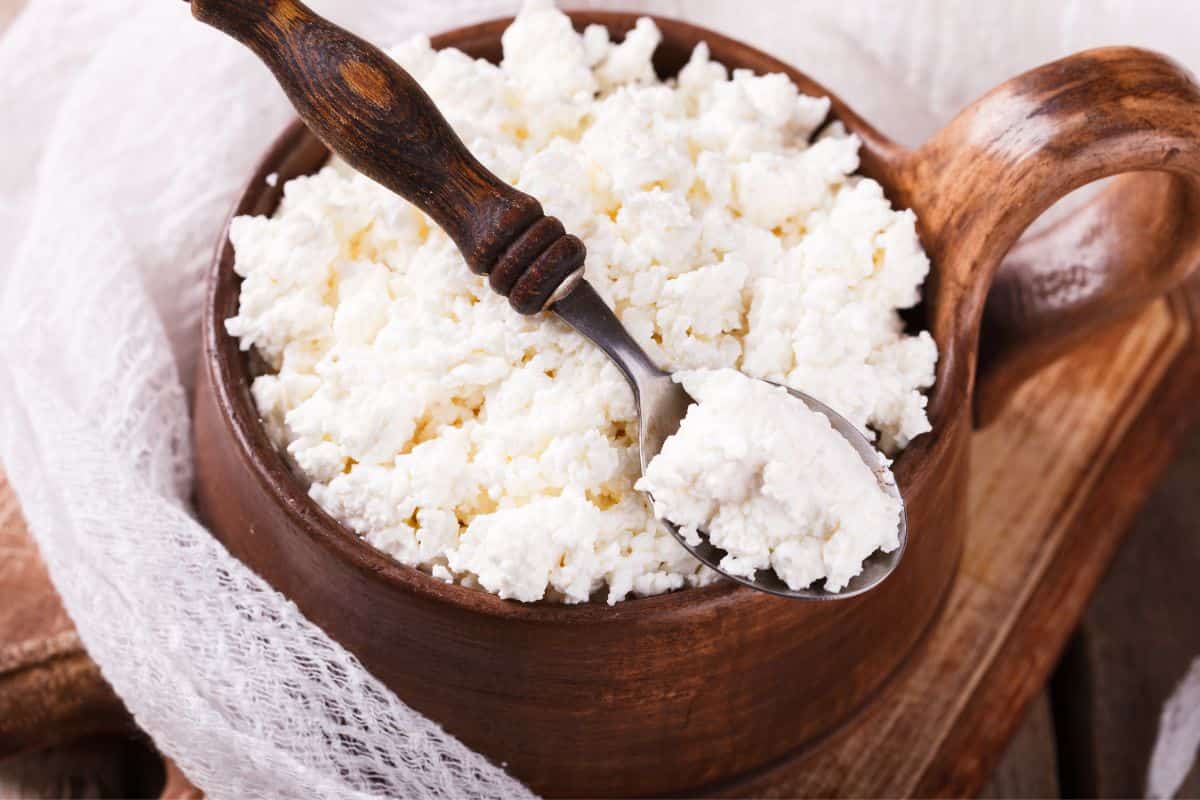
This type of cheese looks and tastes a lot different from many other kinds of cheese that you’ll find in stores, so it’s understandable that you might have some questions about it.
The first being what even is it? So, let’s clear that all up.
It’s a soft cheese that is milky and salty in its taste, somewhat soupy, and very creamy in its texture. It’s a fresh curd product but it’s pretty unique because it has an impeccably long-lasting shelf life.
While it is a very nice tasting cheese, it is often received with mixed reviews. This is because it is both sweet and salty with a texture that is not all that common in cheese.
So, for a first taste, you may be taken aback by it. However, it doesn’t take long for your tastebuds to adjust.
After a few meals, you’ll start to notice how this creamy cheese melts on your tongue and fills your mouth with those delicious flavors.
And your body will definitely thank you for your efforts as this cheese is packed full of nutrients that are known for boosting your health. Not only this but it’s super low in calories too.
Top Tip – It is worth noting that cottage cheese will differ in both taste and texture from brand to brand as the size of the cheese curds can vary both factors significantly.
How Cottage Cheese Is Made
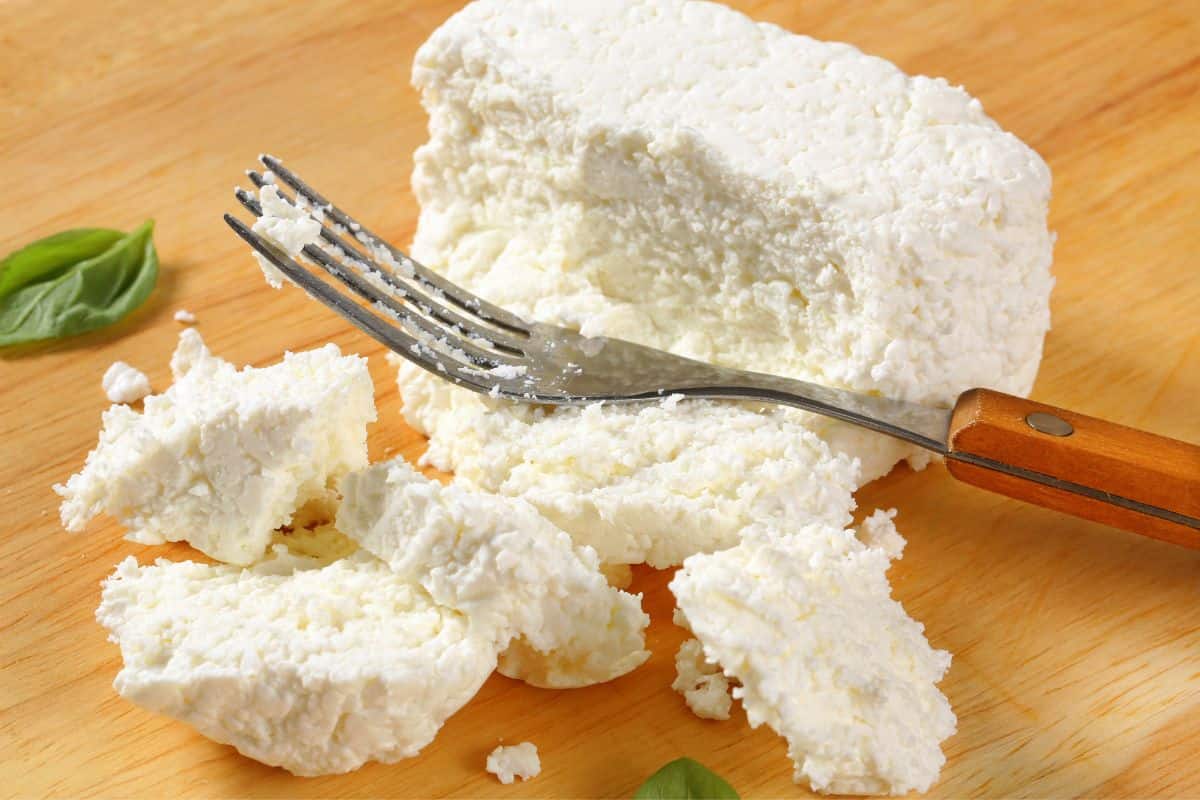
As I mentioned above, cottage cheese is a curd product. And it is the large amount of curd in this cheese that impacts its texture.
Unlike many other kinds of cheese, you can’t eat a slice of this cheese because it isn’t firm or smooth.
This can be what puts some individuals off from eating it raw. Though I think it goes perfectly on a jacket potato raw!
Like most cheese, though, it is still made from rennin and cow’s milk. It is the rennin that will turn the milk into these cheesy, clumpy, curds.
It is also responsible for producing a bacterial culture within the milk and also helps to separate the whey and the liquids produced.
The distinguishing feature of cottage cheese is the addition of cream. The cream is added to the curds to help them form thicker and creamier.
Once the curds have formed, they are then sliced up, cut into smaller pieces, cooked momentarily, and then pressed to rid the curds of any remaining whey.
These little pieces of curd are then washed and then mixed with additives. These additives can vary from brand to brand which is why cottage cheese from different manufacturers can taste slightly different.
Then finally, a little more starch, salt, cream, and other flavorings will be added.
And then voila – cottage cheese that is ready for consumption.
Health Benefits Of Cottage Cheese
A little earlier in this article, I mentioned that cottage cheese is pretty nutritious. I thought I’d quickly take the time to highlight some of the benefits of scoffing away at this tasty cheese.
- Protein – 70% of the calories in cottage cheese come from its protein content. Protein is essential for growth and also helps your body to repair its cells and make new ones too!
- Low-Calorie – A cup serving of the reduced-fat cottage cheese will set you back only just over 180 calories! And within that 180 calories around only 5g of that is from fat. It’s actually a great diet food for anyone trying to lose weight.
- Vitamins & Minerals – This creamy cheese is actually packed to the brim with minerals and vitamins. It contains vitamin A, B1, B3, B6, and a load of B12. Not only that but you’ll also be fueling your body with calcium, magnesium, potassium, and selenium!
Final Thoughts
Don’t judge cottage cheese by your first bite. It’s an acquired taste that grows on you with time.
It isn’t really like many of the other cheeses you might have tried before and so it probably won’t be love at first forkful. But it is actually really delicious once your taste buds settle.
And it’s also a really healthy option, something that sadly can’t always be said for many varieties of cheese.
So, if you’re on a diet and are looking to keep cheese in your diet, and who isn’t, then you definitely need to give cottage cheese a try.

